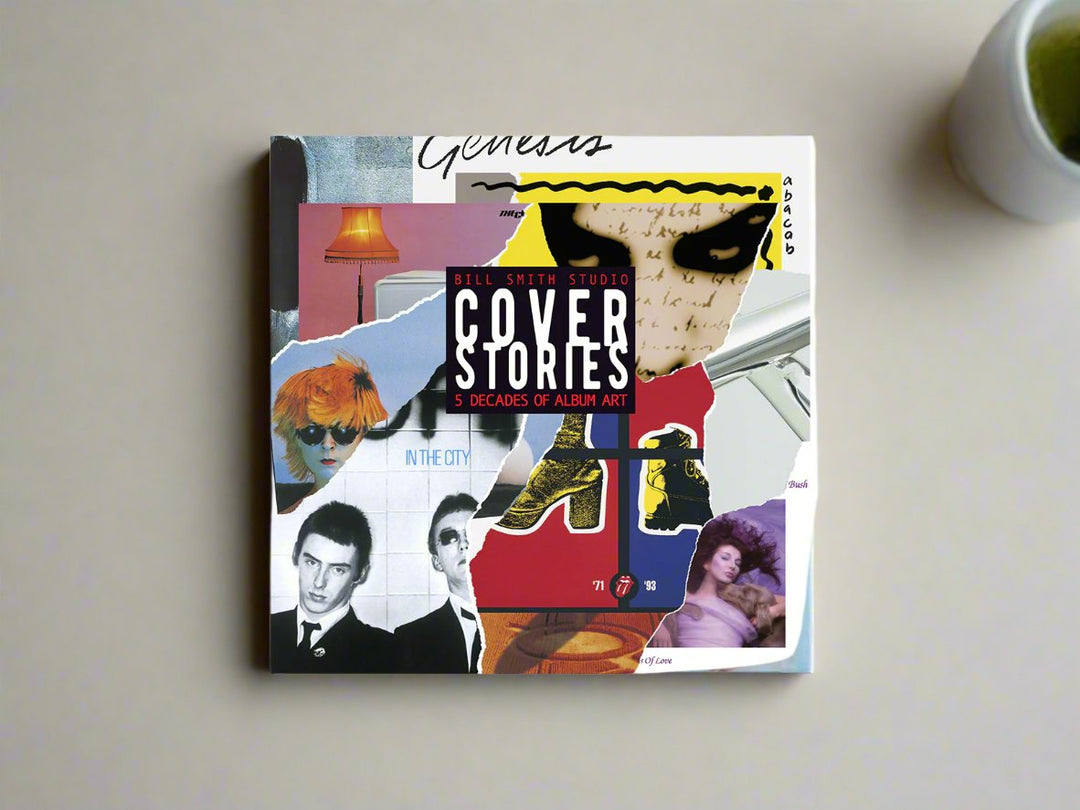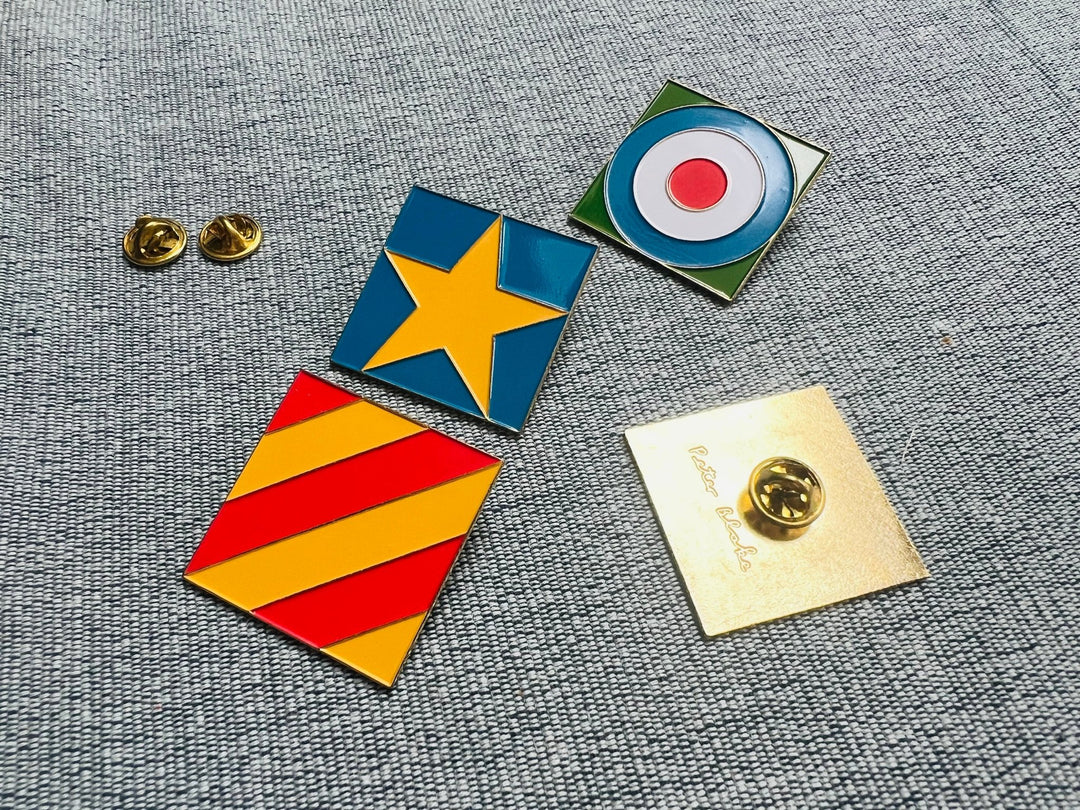Chris Duffy is both the son of photographic legend 'Duffy' and a renowned music photographer in his own right. His enviable archive spans from the late 1970s through the hey day of the 1980s, capturing iconic images of Bowie, Adam Ant, Steve Strange, Sade, Spandau Ballet and many others.
BORN IN 1956
Chris Duffy grew up in London and attended Marylebone Grammar School, somewhat fortuitously in the same year as Stewart Goddard (Adam Ant) who many years later would be one of his many photographic subjects. As a child Chris would model for his father on advertising campaigns. He auditioned as Mark Lester’s stand-in singer for Oliver, and recorded a single produced by pop-music legend Simon Napier-Bell.
"Music was always a driving force during my teenage years in the 1970's. The main source of information came through music papers such as the New Musical Express, Melody Maker and Sounds. I had been given a Watkins Rapier guitar by my uncle when I was about 11, about the same time I also acquired a Kodak Brownie camera so music and photography were constant themes at that time in my life."
Growing up in London in the 60s and 70s, surrounded by creatives, it is unsurprising that Chris taught himself to play the guitar at 14. He played with several pub bands before meeting the lead singer of band Bazooka Joe, Daniel Kleinman. Danny was looking for a replacement bass player for Stewart Goddard who had left for form his own band, Adam and the Ants; Chris took his place. Bazooka Joe is best known as being at the forefront of punk music and was placed at the top of The New Musical Express family tree of punk.
"At that time I didn't play the bass but jumped at the opening and quickly purchased a white Fender Mustang bass from Macari's music store in Shaftesbury Avenue and started learning the scales."
MADE FOR IT
From an early age a camera was in Chris' hands and he grew up with the influence of his father’s friends and peers; David Bailey and Terence Donovan with their numerous debates on photography around the kitchen table. It was inevitable that photography would have a huge influence on his life. He is perhaps the only photographer to have assisted all three nicknamed by Parkinson as 'The Black Trinity'. Chris began work as a trainee processor at Colour Processing Labs in Warren Street London.
"My job entailed collecting clients film from the reception, loading the film onto racks in the darkroom where a mechanical arm moved the racks along the chemical tank process and then moving the film into a large dryer. The final part of the process was for me to cut the rolls of film up putting them into clear plastic sleeves and returning them to the reception to be collected. The process was repetitive and after a week I learn as much as I needed to know about machine film processing however what intrigued me was not how the film was processed but what was on the celluloid. Constantly cutting film up meant I had to look at what was recorded, I needed to understand the process of getting an image onto the film. That inevitably lead to the next part of my journey, I needed to work for a photographer and I didn't need to look too far as my father was a photographer, a famous one at that."
After turning his son down to begin with Duffy eventually took him on as third assistant - making coffee and sweeping up to begin with, but eventually working his way up to studio manager after seven years. This period saw him travelling the world with his father on photographic assignments and Chris eventually starting his own 'name' career in 1979. Photography had, perhaps inevitably, won the day over his musical ambitions.
THROUGHOUT THE 1980S
Chris worked as one of the top music photographers, capturing Bowie, Adam Ant, Steve Strange, Sade, Spandau Ballet and many others. He later moved into shooting moving images, forming a film production company with Duffy and successfully shooting both commercials and pop promos. Chris moved to LA in the early 90's where he worked as a Director of Photography, but was drawn back to the energy and creativity of London riding high on the wave of ‘Cool Britannia’ in 1997.
OVER THE YEARS
Chris had discussed with his father, Duffy, about cataloguing his work and creating an archive. In 2005, when Duffy was tragically diagnosed with a degenerative lung disease, they finally began to sift through all of Duffy’s remaining photographic material. This process of sorting, logging, scanning and printing took three full years, and in 2009 the Duffy Archive was finally launched. Perhaps alongside the full development of Bowie's cultural legacy, interest in Duffy's work has grew exponentially and Chris has stepped back from his own commercial work to dedicate himself to running the archive full time.
Chris continues to shoot outside of commercial restraints, and is a well regarded speaker and promoter of his father's work which continues posthumously to collect awards and accolades.






